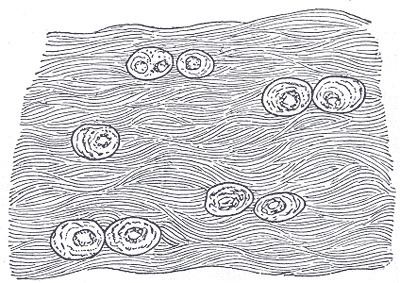Code TH H2.00.03.5.00017 | Dorlands/Elsevier f_06/12362596 | |
 | ||
White fibrocartilage consists of a mixture of white fibrous tissue and cartilaginous tissue in various proportions. It owes its flexibility and toughness to the former of these constituents, and its elasticity to the latter. It is the only type of cartilage that contains type I collagen in addition to the normal type II.
Contents
Fibrocartilage is found in the pubic symphysis, the anulus fibrosus of intervertebral discs, menisci and the TMJ. It is also present at the tendon bone interface, where there is a transition from soft tendon to uncalcified then calcified fibrocartilage before becoming bone.
During labor, relaxin loosens the pubic symphysis to aid in delivery, but this can lead to later joint problems.
Formation as a repair mechanism
If hyaline cartilage is torn all the way down to the bone, the blood supply from inside the bone is sometimes enough to start some healing inside the lesion. In cases like this, the body will form a scar in the area using a special type of cartilage called fibrocartilage. Fibrocartilage is a tough, dense, and fibrous material that helps fill in the torn part of the cartilage; however, it is not an ideal replacement for the smooth, glassy articular cartilage that normally covers the surface of joints.
Pathology
Degeneration of fibrocartilage is seen in degenerative disc disease.
